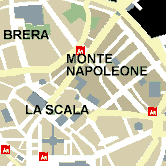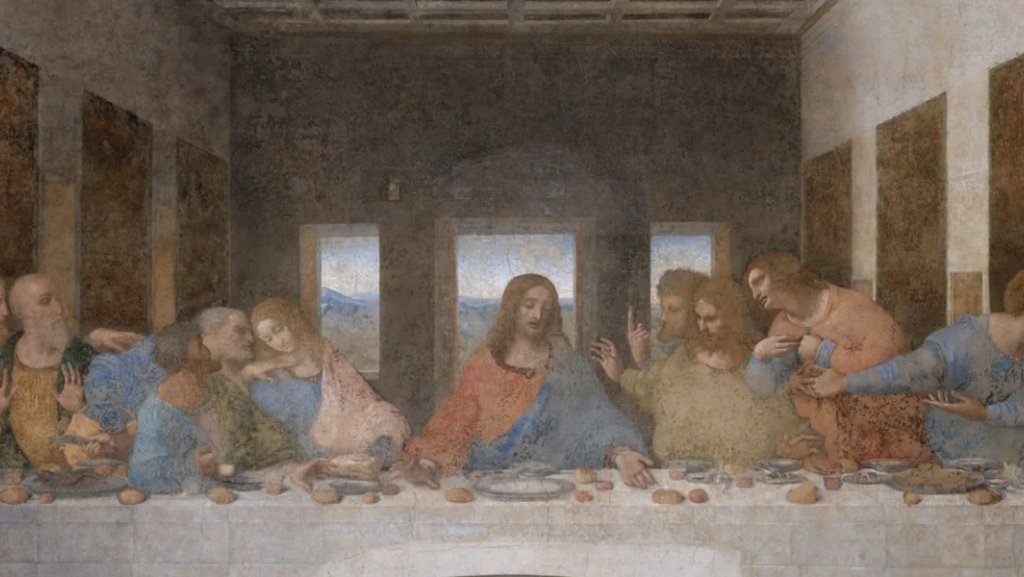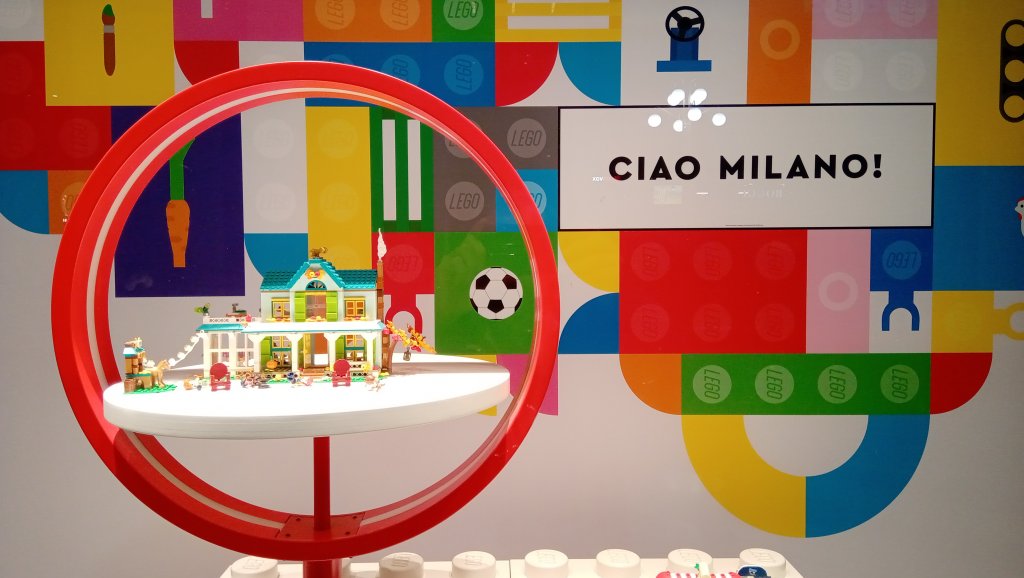Milano
Brera
Castello
 Duomo
Duomo
Giardini
La Scala
Corso Magenta
Monte Napoleone
Sant'Ambrogio
Ticinese
Università
Navigli
Triennale
Porta Nuova
CityLife
Brera
Castello
 Duomo
DuomoGiardini
La Scala
Corso Magenta
Monte Napoleone
Sant'Ambrogio
Ticinese
Università
Navigli
Triennale
Porta Nuova
CityLife
Not far from the Piazza Duomo - only the short Corso Vittorio Emanuele lies between them - Piazza San Babila has been long famed as a pupular meeting-point for the affluent Milanese. A couple of theaters are reminders of those days, although the real "in" people now rarely show into such crowded surroundings.
Most of the square's architecture comes from the Fascist 1930s. Nearby Corso Matteotti is named after a Socialist MP killed in 1928; it was previously called Corso Littorio to honor Mussolini's favorite emblem.
The big fountain in the middle of Piazza San Babila is fairly recent, having been donated to the town by Fiera Milano, the Milan Exhibitions authority, in 1997.
The church dedicated to Saint Babila (pronounce bah-bee-lah, with the stress on the first vowel) was restored at the beginning of the 20th century, an example of the notorious "rebuild-it-as-it-might-have-looked" approach. Its origins are nonetheless really ancient, having been traced back to the 5th century.
Most of the square's architecture comes from the Fascist 1930s. Nearby Corso Matteotti is named after a Socialist MP killed in 1928; it was previously called Corso Littorio to honor Mussolini's favorite emblem.
The big fountain in the middle of Piazza San Babila is fairly recent, having been donated to the town by Fiera Milano, the Milan Exhibitions authority, in 1997.
The church dedicated to Saint Babila (pronounce bah-bee-lah, with the stress on the first vowel) was restored at the beginning of the 20th century, an example of the notorious "rebuild-it-as-it-might-have-looked" approach. Its origins are nonetheless really ancient, having been traced back to the 5th century.

.:. CiaoMilano was conceived and is edited by KIWI Milano. It relies on the Foundation 6 framework, and is released under a Creative Commons Attribution-NonCommercial-NoDerivs 4.0 International licence.
.:. Icons by
.:. copyright © 1997-2025 Roberto Peretta, Milano; copyright © 1997-2006 Monica Levy, Milano
.:.Monica Levy, who created this website in 1997, is no longer with us. Her smile is behind this word.
Da Vinci = No Problem

The Last Supper, otherwise difficult to book?
You can reserve a specialized visit through our partner Musement.

The Last Supper, otherwise difficult to book?
You can reserve a specialized visit through our partner Musement.
CiaoMilano does not collect personal data or e-mail addresses, except for press professionals and readers who write directly.
Our Privacy Policy
updated on December 4, 2025
Our Privacy Policy
updated on December 4, 2025
 Milano
Milano Hotels
Hotels Transport
Transport What's On
What's On Eating
Eating Shops
Shops After dark
After dark





 San Babila
San Babila